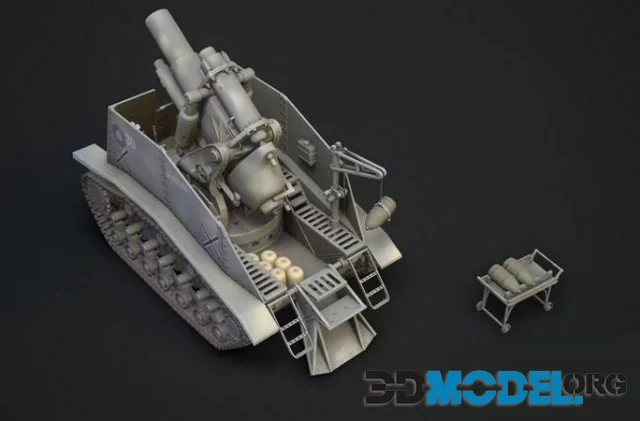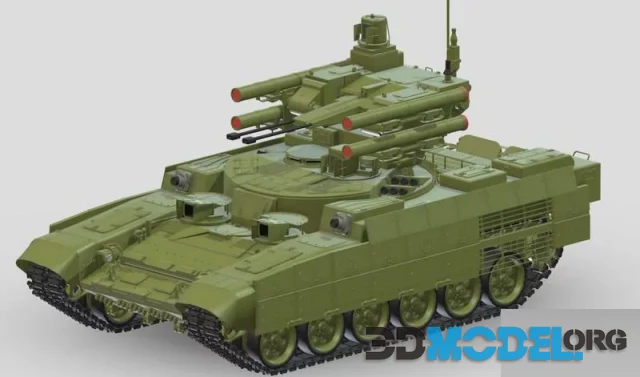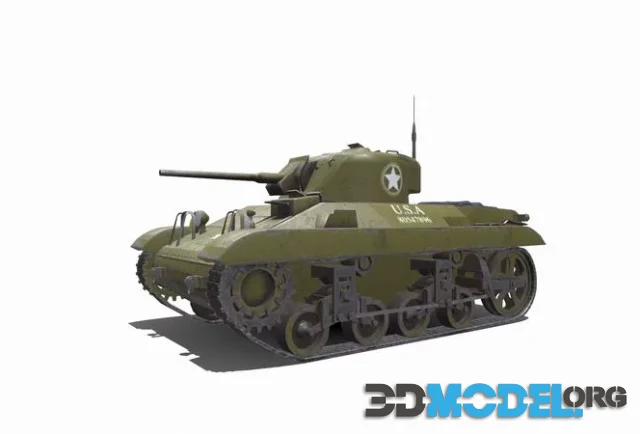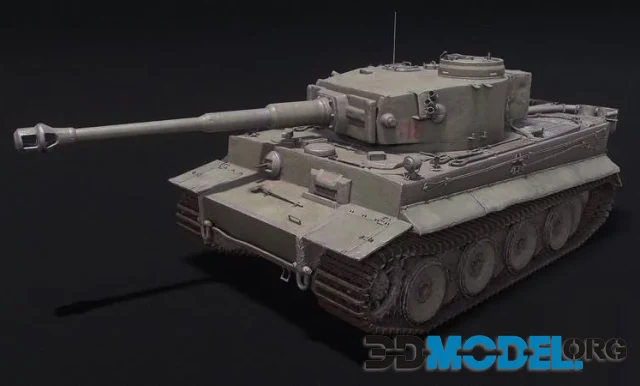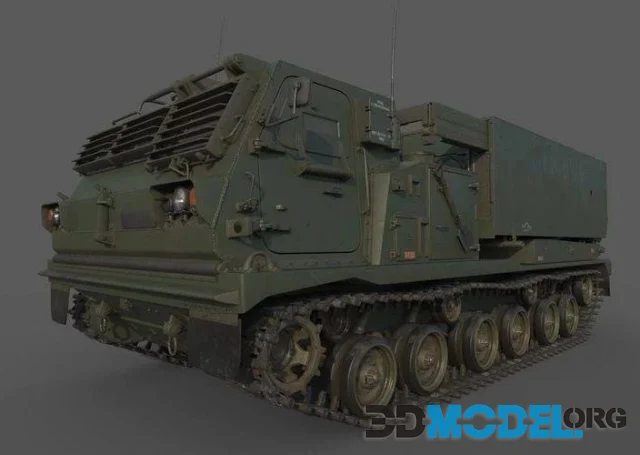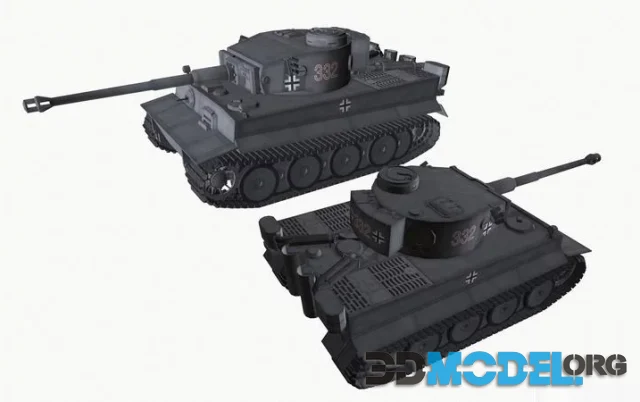Self-propelled siege mortar Karl-Herat (PBR)
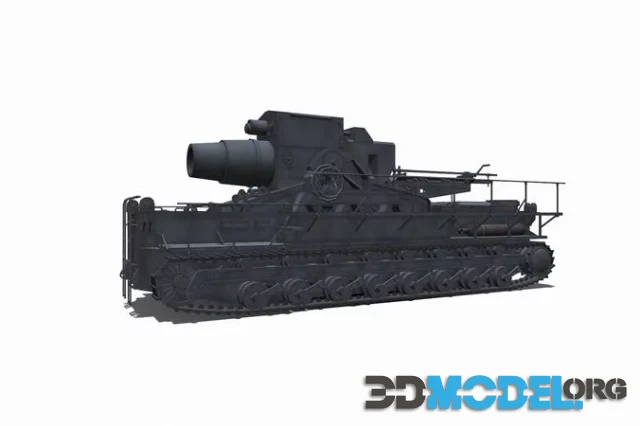
Self-propelled siege mortar Karl-Gerät (also known as the Karl-Gerät 040) was a World War II German weapon developed by Rheinmetall. It was a massive siege artillery piece designed for the purpose of destroying heavily fortified enemy positions.
The Karl-Gerät consisted of a heavily armored chassis mounted with a massive mortar barrel. It was self-propelled and had tracks for mobility on the battlefield. The mortar had a caliber of 60 centimeters (23.6 inches) and was capable of firing extremely large projectiles, including both high-explosive and concrete-piercing shells.
The purpose of the Karl-Gerät was to provide long-range fire support during sieges and urban combat. It was particularly effective against fortifications and other hardened targets. The mortar could fire projectiles up to a range of approximately 10 kilometers (6.2 miles) and had a devastating impact on its targets.
The self-propelled nature of the Karl-Gerät allowed it to be relatively mobile, although it required significant logistical support due to its size and weight. It was operated by a crew of around 20 personnel, including loaders, gunners, and vehicle operators.
Although the Karl-Gerät was a formidable weapon, it was produced in limited numbers during the war, with only a few units built and deployed. Despite its limited operational use, it remains an iconic and impressive piece of military engineering.
The 3D model of the self-propelled siege mortar Karl-Gerät accurately captures its distinctive design and features. It showcases the massive mortar barrel, the armored chassis, and the overall size and scale of the weapon. The model provides a realistic representation of the Karl-Gerät, allowing for detailed visualization and analysis of its capabilities and historical significance.
File type: MAX, FBX, OBJ
Ctrl
Enter
Noticed a misTake
Highlight text and press Ctrl+EnterRelated news:
Comments (0)

